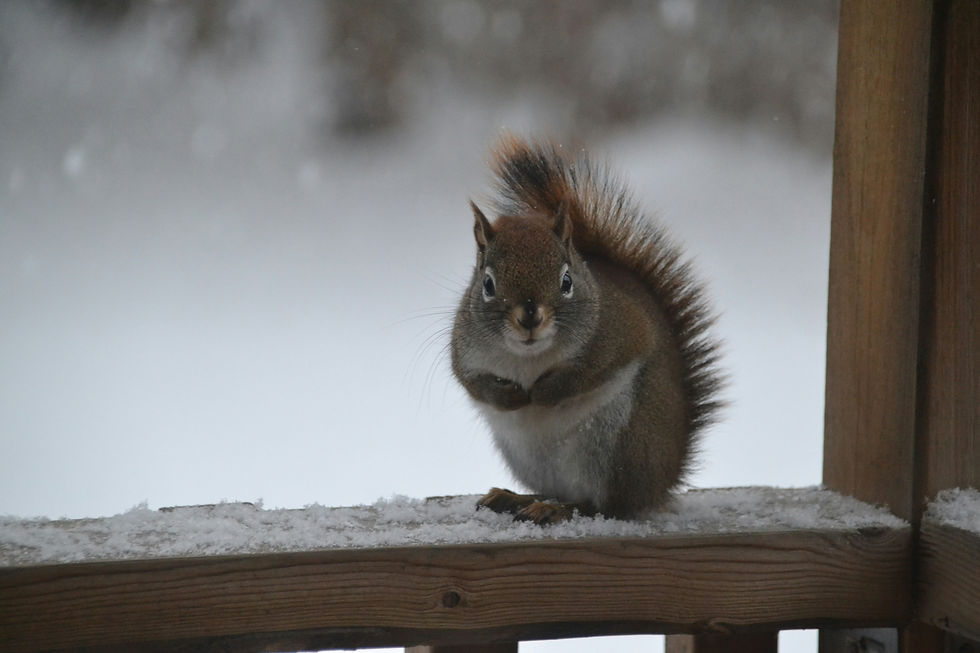When Crickets Take Over: Why September Belongs to the Chirpers
- Jeff Overstreet

- Sep 19
- 3 min read
If you’ve lived in Texas for any length of time, you already know the sound of September. It isn’t football crowds or marching bands — it’s crickets. One night the porch is quiet, and the next it feels like the sidewalks, parking lots, and even your kitchen are vibrating with chirps.
Crickets might seem harmless, but when their populations peak in early fall, they become one of the most disruptive seasonal pests in the region. From keeping you awake at night to damaging belongings, cricket season is more than just a noisy inconvenience.
Why September Brings Crickets in Swarms
Crickets live year-round, but their numbers spike in late summer. By August, the eggs laid earlier in the season have matured into adults, all emerging at once. Add in cooler nights, which trigger more activity, and you have the recipe for a cricket invasion.
They’re also attracted to light. Outdoor floodlights, parking lot lamps, and porch bulbs act like beacons, drawing them in by the thousands. That’s why grocery store entrances, gas stations, and front doors often look like cricket conventions in September.
The Real Problems Crickets Cause
Unlike termites or rodents, crickets don’t chew through wood framing or gnaw electrical wires. But writing them off as “just annoying” underestimates the issues they cause when numbers get out of hand.
Sanitation concerns: Large groups of dead crickets build up quickly. Their bodies smell as they decay and can attract secondary pests like beetles.
Property damage: Indoors, crickets nibble on fabrics, wallpaper, and even stored paper products. Clothing, curtains, and cardboard boxes are all fair game.
Business impact: For restaurants, retail stores, or office spaces, swarms of crickets at the entrance send the wrong impression. Customers don’t want to dodge piles of insects to get inside.
Sleep disruption: A single cricket chirping in the house can keep everyone awake. Multiply that by a few strays, and you’ll understand why they’re a top fall nuisance.
How to Make Your Home Less Cricket-Friendly
The key to limiting cricket problems is making your property less appealing. That means tackling both the outdoor environment and possible entry points indoors.
Seal the cracks: Use caulk or weather stripping on foundation gaps, door frames, and windowsills. Even small openings can let crickets inside.
Adjust your lighting: Replace bright white outdoor bulbs with yellow or amber “bug lights.” These still illuminate but don’t attract as many insects.
Tidy up the yard: Crickets hide in tall grass, leaf piles, and wood stacks. Keep vegetation trimmed and move piles of debris away from the home.
Manage water sources: Damp areas draw insects. Fix leaky spigots, clean clogged gutters, and avoid unnecessary watering.
What About DIY Remedies?
Some homeowners try sticky traps, DIY sprays, or vacuuming to handle cricket problems. While these can temporarily reduce numbers inside the home, they rarely solve the bigger issue of outdoor populations. If thousands are gathering around your home each night, you’re simply playing catch-up.
Why Professional Control Makes a Difference
A professional doesn’t just deal with the crickets you see — treatments focus on creating protective barriers, addressing hiding spots, and breaking the life cycle so fewer emerge the following season. Professionals can also advise on long-term prevention strategies tailored to your property.
At Bug Zone, we treat cricket season as the serious annual event it is. Our team knows the timing, the hot spots, and the proven methods to cut down the noise and mess so you can enjoy your evenings again.
Stop Losing Sleep to Crickets
Cricket season doesn’t have to take over your September. With proactive prevention and the right treatments, you can get through the season with fewer chirps and cleaner entryways.
Bug Zone can help you reclaim your space this fall. Call (972) 867-9800 or email office@bugzonepest.com today to schedule a cricket control service and keep the swarm where it belongs — outside.







Comments